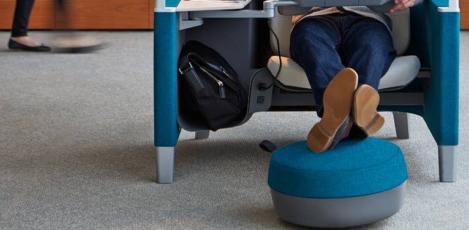August 9, 2017
Over a quarter of employers are struggling to keep their workforce engaged

Nearly one in three (28 percent) of employers are struggling to keep their employees engaged, claims new research from totaljobs, with staff spending too much time internet browsing, being constantly late and chatting with colleagues. Over half of employers said lower productivity (59 percent) and internet browsing (55 percent) were clear signs of lower engagement they were seeing in the workplace. Worryingly, 62 percent said poor performance was a common problem as a result of a lack of engagement. Almost half (48 percent) of employers also report disengaged employees continue to arrive late and leave early, while 41 percent said chatting with colleagues suggested a lack of workplace engagement. The same number again said taking too many breaks during work hours might also indicate disengagement, as well as employees appearing distracted. But when it comes to tackling a lack of employee engagement, one in two employers (51 percent) said clear communication, via email, newsletters and team meetings for example, was an effective strategy to improve engagement. Nearly half (46 percent) of employers said setting out clear objectives for both individuals and teams was also effective.

















 The UK has one of the lowest levels of staff satisfaction, being ranked sixth in an international study of employee happiness. This is according to research by Robert Half;
The UK has one of the lowest levels of staff satisfaction, being ranked sixth in an international study of employee happiness. This is according to research by Robert Half; 















July 11, 2017
Creativity is the new productivity in the modern era of work and workplaces 0
by Serena Borghero • Comment, Facilities management, Workplace design
(more…)